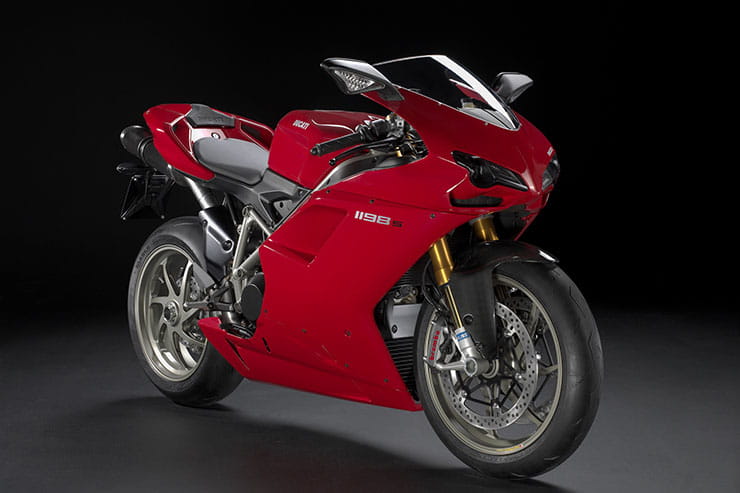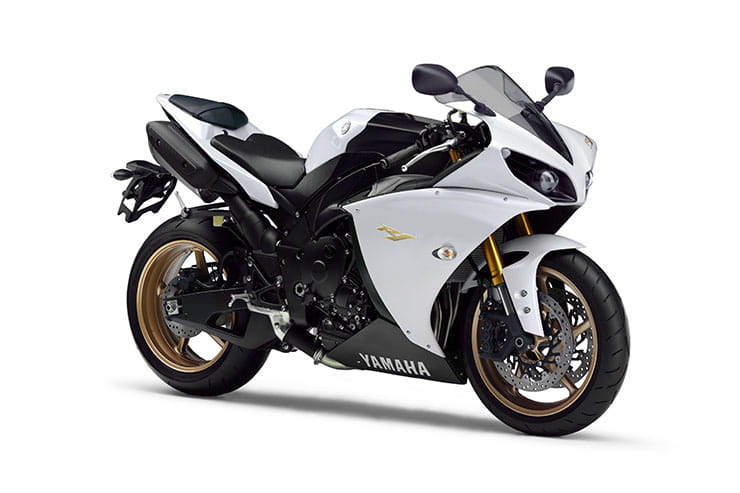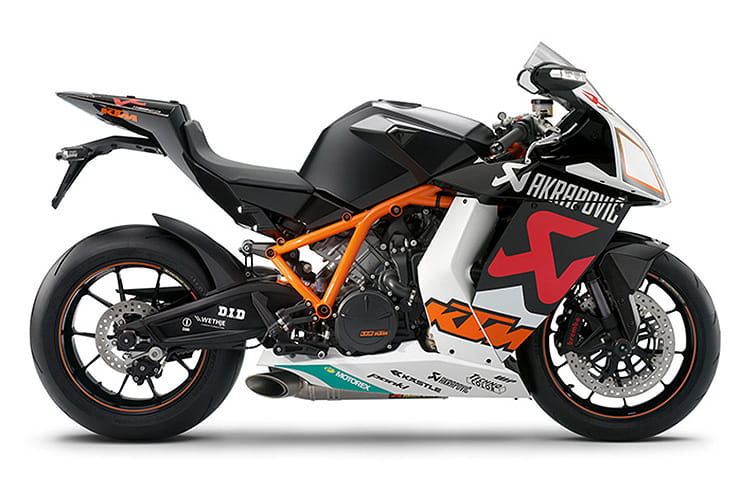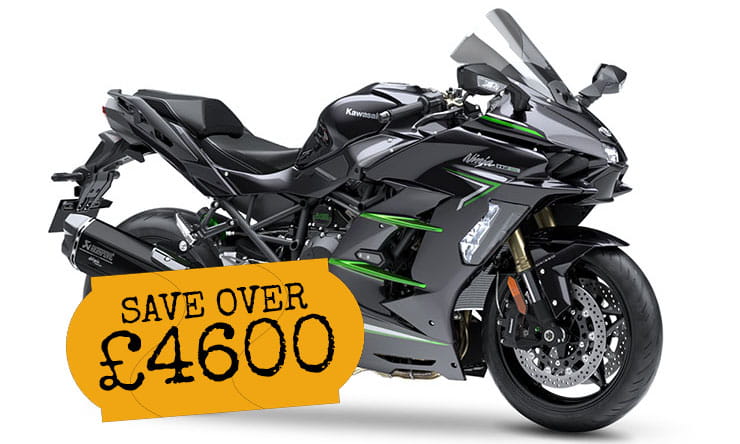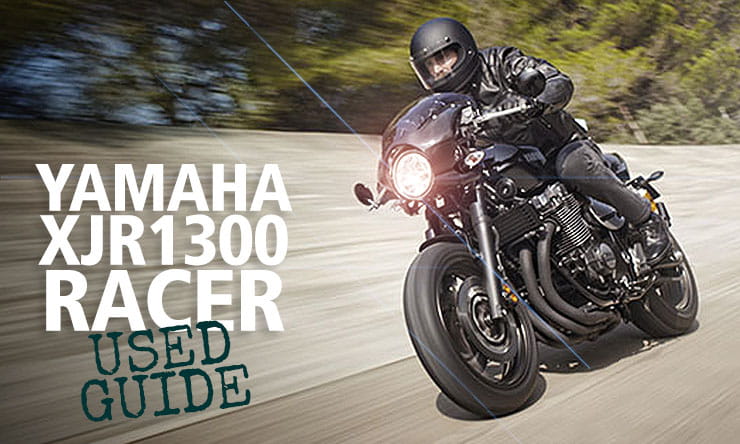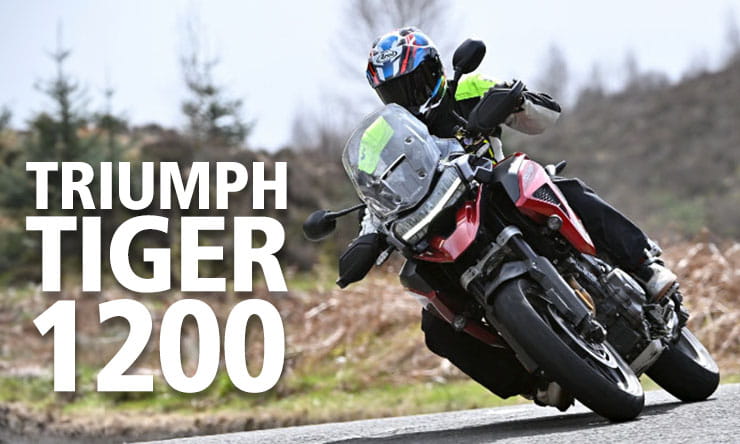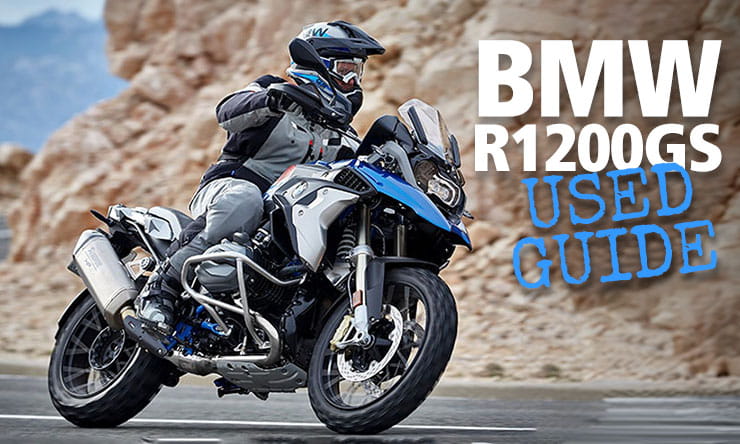Price: £6500-£10,000 | Power: 162bhp | Weight: 198kg | Overall BikeSocial Rating: 4/5
With KTM’s MotoGP team now challenging at the front of the pack, memories are starting to drift back to the result of, shall we say a slightly less successful foray onto the world race scene... Back in 2008 (well, technically they showed it off in 2003, it just took a very long time to arrive!) KTM released their first superbike, the RC8. Sadly, the RC8 took so long to materialise by the time it did it hit showrooms Ducati had moved the game on with the 1098 and that instantly made the RC8 seem underpowered. A year later KTM responded and the RC8 R was born, the bike that KTM should have released from the start. With a bigger capacity engine, the RC8 R was a far closer match for the Ducati but once again, the Bologna firm moved the goal posts and KTM never quite managed to keep up as the 1198 and then Panigale embraced the new age of digital superbikes and KTM remained firmly analogue. Nowadays the RC8 R is a great example of a tech-light V-twin superbike whose look is still cool. With a price tag considerably lower than a used 1198 commands, the RC8 R has a lot going for it and with the MotoGP team now taking podium slots, it is surely due a (thoroughly deserved) resurgence in popularity. Buy one now before the prices go up...
KTM RC8 R (2009-2016) Price
In 2009 the stock Ducati 1198 was £12,995 while an S was £16,498, so the £14,995 RC8 R did manage to hit a price point that made it seem good value for money. Well, until you read its spec sheet as the 1198S came with traction control and flashy Öhlins where the R had no TC and WP suspension. Nowadays you can get a tatty R for in the region of £6000 with nicer examples going for around £7000-£8000. Ideally you want a 2012-onwards model with the slipper clutch, but they are closer to £9000-£10,000. When you compare this to a 1198S, you are saving about £1000-£2000 by opting for a KTM over a Ducati.
PROS & CONS
- Unique look
- Superb V-twin engine
- Great handling
- Lacking in tech
- Horribly hard seat
- It needs to be serviced by an RC8 R expert
Engine and Performance
The RC8 R uses essentially the same engine as the RC8 but where the stock model has a capacity of 1148cc, the R model gained a 2mm bigger bore that saw its capacity increased to 1195cc and power and torque both boosted. The R also has a better gearbox (the RC8’s selector drum was an issue on early models) and was also evolved throughout the years where the RC8 was never changed and discontinued as a model in 2010, leaving the R as KTM’s only superbike. In 2011 the RC8 R gained a new twin-spark head, which saw its power increased to a claimed 175bhp from 162bhp, and in 2012 a slipper clutch was added. Although KTM never shouted about it, the engine was continually modified and upgraded so the later the model, the better the reliability. How does it stack up as a motor? Very well.
KTM used a 75-degree V-angle on the RC8 where Ducati always use a 90-degree and that gives it its own unique character. A typically KTM spirited and quick-revving motor (and catastrophically loud on a full Akrapovič system) the RC8 R has bags of mid-range stomp and a lovely throttle connection that is the main reason (or excuse...) why KTM say they never fitted fussy electronics, claiming ‘you don’t need traction control when you have traction...’ Later bikes produce a genuine rear-wheel 160bhp with 112Nm of torque, which is certainly more than enough for road riding and you never feel the R is under-powered. But it does have its issues, nothing that major and much like a Ducati, it is a case of staying on top through preventative maintenance by a KTM expert. Do this and the RC8 R’s engine is very reliable. So what to look out for?
As with any big V-twin, you need to be careful of damaged sprag clutches. Not enough juice in the battery can lead to this becoming damaged so listen out for a squeak on start-up. The RC8’s V-twin has a bit of a strange oil change procedure as there are actually two oil drain plugs, which are often missed, and they both have filters on them (remove them with a magnet and replace the seal on the cover). Speaking of services, the RC8 needs services every 6000 miles (initially it was 4500 miles) and the valve-clearance check is at 12,000 miles, which boosts the bill from about £250 to £600 area. Some owners grumble about the R’s throttle connection, which is often simply down to unbalanced throttle bodies, but an ECU remap done by someone who knows KTMs (Dave Wood racing are the best in the UK) easily sorts this out. When buying used, always look for a good service history from a known KTM dealer as KTM release TIs (Technical Improvements) that only official dealers have access to and are often vital to make the bike run better. If the bike feels a bit lethargic, check the air filter as despite it requiring being changed every 6000 miles, it often gets clogged up before this number. A bit of a pain to get to, pleasingly, the OE KTM filter can at least be cleaned and reused. Finally, inspect the water pump seal, it is a weak spot and often fails, leading to water or oil gathering on the breather hole at the back of the pump. Swapping the seal for a new one is a fairly easy task, so it’s not a major drama.
A lot of used RC8 Rs come with aftermarket exhaust systems fitted, which is cool as the V-twin sounds amazing on a loud pipe but just be careful how loud it actually is! The full Akrapovič (which was unbelievably expensive back in the day) will often fail noise testing at circuits. The best solution for releasing power (and not being too noisy) is an OE system with an aftermarket can (ideally with a removable baffle), free-flowing air filter and ECU re-map as the OE downpipes are actually fairly unrestrictive.
A few early bikes did suffer from blocked breather pipes, leading to a vacuum forming in the tank, but that should have been sorted by now. If there is a noticeable hiss when you open the tank (there is usually a small one), check out the breather pipe. Also, KTM use plastic tanks and they are known to swell with age and modern fuels. Generally its integrity isn’t affected, however look carefully for any signs of expansion. Owners also recommend swapping the plastic fuel line quick connectors for metals ones as they can fracture with age/ham-fisted DIYing.
KTM RC8 R (2009-2016) Handling & Suspension
Despite initially feeling a bit tall and top-heavy (much like an Aprilia RSV), once you get used to how an RC8 R handles it will certainly leave you very impressed. The R’s upgraded WP suspension (fully-adjustable with a TiN coating on the forks) is absolutely brilliant and there is no doubting the performance of the Brembo brakes. Is it as good as a Ducati? Yes, KTM did a great job with the RC8 R’s chassis (which actually has more aggressive geometry than the RC8) and it also comes with lightweight wheels as standard (like the 1198S) which helps improve its agility. Back-to-back with an 1198 the R can certainly hold its own, however the Panigale did change the game and compared to it the RC8 R’s handling is a bit old-school.
Due to the adjustability on offer, a lot of owners get the spanners out and fiddle with the R’s suspension, which generally is a bad thing. Always return the bike to stock settings (look in the owner’s manual) and start from there and also check the rear tyre’s size. KTM specify a 190/55 rear but owners often use a 200-section rear, which doesn’t really do any favours for the bike’s handling. Although later R models do have chassis upgrades, in reality they are very hard to spot and there is little difference in handing between the generations.
When buying used, always be cautious of ex-track bikes. KTM owners are often an enthusiastic bunch and RC8 Rs do get used on track, so look for any signs of damage and also wear on components such as brake discs.
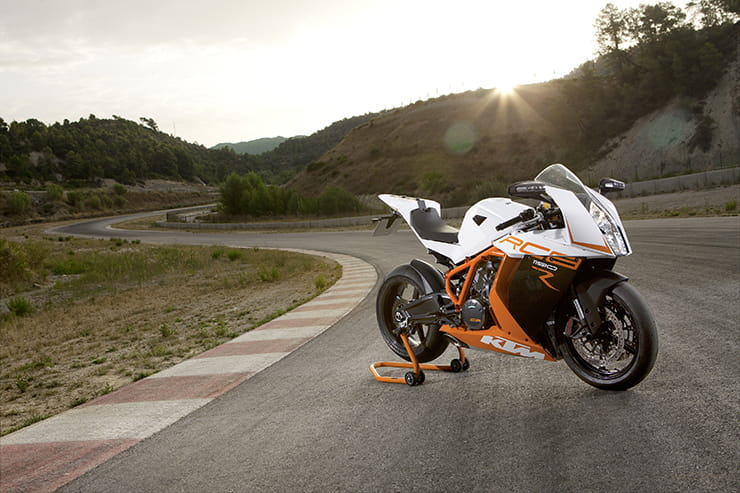
Comfort & Economy
Cleverly, KTM built in a degree of adjustability into the RC8’s chassis. The seat height is two-stage (805 or 825mm) and you can also alter the position of the pegs and bars on the RC8 R to make it more suited to your individual ergonomics. Which is all very well and good but sadly the seat is as hard as hell and that makes the R a bit of a pain to cover distance on! Change the seat for a more forgiving item and the KTM’s wide fairing makes it more relaxed than a Ducati and more than up for reasonable mileages without too much discomfort.
When it comes to economy, the RC8 R generally records high 30s or low 40s mpg numbers, which isn’t great and equates to a tank range of around 150 miles.
KTM RC8 R (2009-2016) Equipment
When it was in showrooms, the RC8 R’s lack of tech helped lead to its downfall. Where the Ducati 1198 and then Panigale models were bristling with gizmos such as ABS, traction control, semi-active suspension and power modes, the RC8 R remains completely analogue. Nowadays, however, that’s not such a bad thing as it means that there are less sensors to go wrong! One update, however, that is recommended is the slipper clutch. Bikes made from 2012-onwards had one as standard but if you take an RC8 on track, it is worth either fitting a KTM unit or an aftermarket one from companies such as Sigma.
Owners often fit loud pipes to RC8 Rs (go for a quality system, cheap ones fall apart due to the bike’s vibes) and quickshifters are also pretty common as they can improve the gearchange action alongside rear sets. Other than that, it is the usual tail tidies, taller screens and crash protection.
There was a dedicated track-only RC8 R Track released in 2011, but that’s probably best avoided for all but the very enthusiastic track riders...
Generally, RC8 Rs are owned by KTM enthusiasts. But with the MotoGP team’s success, this might start to change.
Aprilia RSV Factory (2003-2010) | Approx Price: £4500 - £6000
Power/Torque: 138bhp/78.9lb-ft | Weight: 203kg
Ducati 1198S (2009-2011) | Approx Price: £9000-£11,000
Power/Torque: 170bhp/97lb-ft | Weight: 193kg
Yamaha YZF-R1 (2009-2014) | Approx Price: £6500-£10,000
Power/Torque: 180bhp/85lb-ft | Weight: 206kg
KTM RC8 R (2009-2016) Verdict
The RC8 R may have failed in WSB (not that it even made the grid...) but with the MotoGP team now challenging at the front, riding a KTM superbike is starting to become pretty cool. The RC8 R may be lacking in tech, but it has a brilliant V-twin engine, great chassis and stand-out looks. The later models are better as the early Rs are a bit unrefined but if you want a V-twin superbike and aren’t looking down the tried and tested Ducati route, the RC8 R is well worth considering. It’s a shame the prices are starting to creep up but that’s always the way on overlooked models when they get discovered again and it still remains noticeably cheaper than the Ducati equivalent.
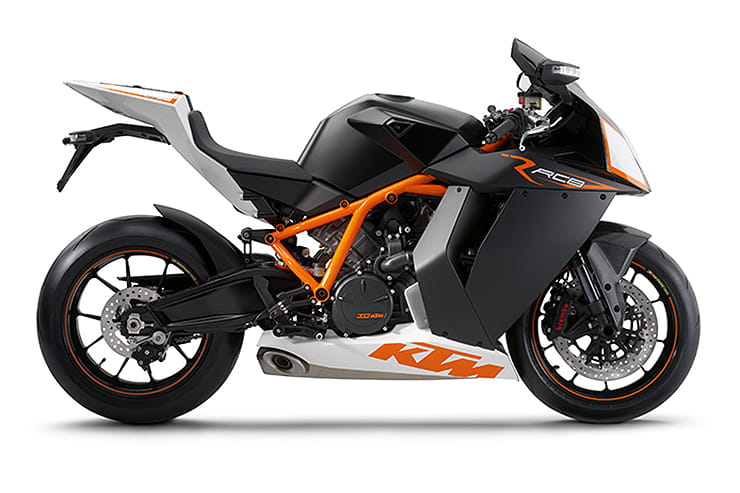
KTM RC8 R (2009-2016) spec
|
Original price
|
£14,995
|
|
Current price range
|
£6500 - £10,000
|
|
Capacity
|
1195cc
|
|
Bore x Stroke
|
105mm x 69mm
|
|
Engine layout
|
V-twin
|
|
Engine details
|
Liquid-cooled, 8v, DOHC
|
|
Power
|
162bhp (121kW) @ 10,250rpm
|
|
Torque
|
90.7lb-ft (123Nm) @ 8000rpm
|
|
Top speed
|
180mph
|
|
Transmission
|
6-speed, chain final drive
|
|
Average fuel consumption
|
39mpg
|
|
Tank size
|
16.5 litres
|
|
Max range to empty (theoretical)
|
144 miles
|
|
Reserve capacity
|
27 miles
|
|
Rider aids
|
None
|
|
Frame
|
Tubular steel trellis
|
|
Front suspension
|
43mm inverted WP forks
|
|
Front suspension adjustment
|
Fully-adjustable
|
|
Rear suspension
|
WP monoshock
|
|
Rear suspension adjustment
|
Fully-adjustable
|
|
Front brake
|
2 x 320mm discs, four-piston radial Brembo calipers.
|
|
Rear brake
|
220mm disc, two-piston caliper.
|
|
Front tyre
|
120/70 – ZR17
|
|
Rear tyre
|
190/55 – ZR17
|
|
Rake/Trail
|
23.3°/ 97mm
|
|
Dimensions (LxWxH)
|
n/a
|
|
Wheelbase
|
1425mm
|
|
Ground clearance
|
n/a
|
|
Seat height
|
805-825mm
|
|
Kerb weight
|
198Kg Wet
|
Looking for motorcycle insurance? Get a quote for this motorbike with Bennetts bike insurance



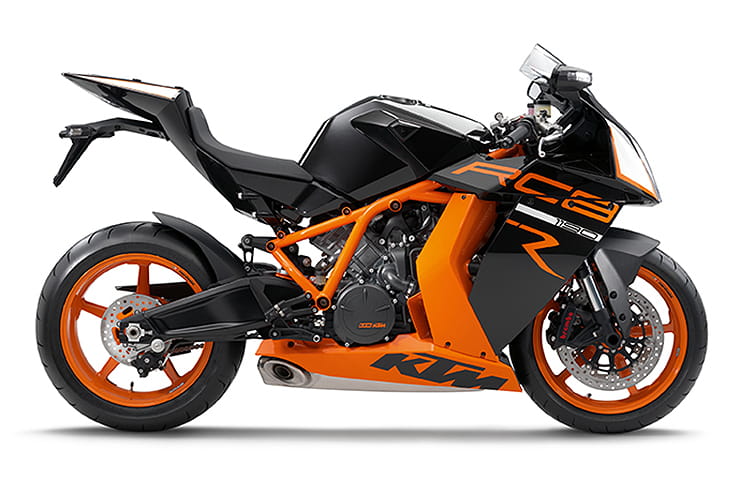
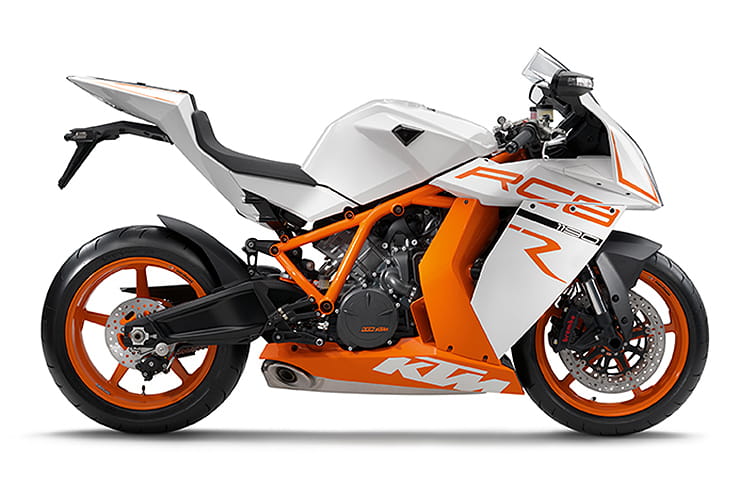
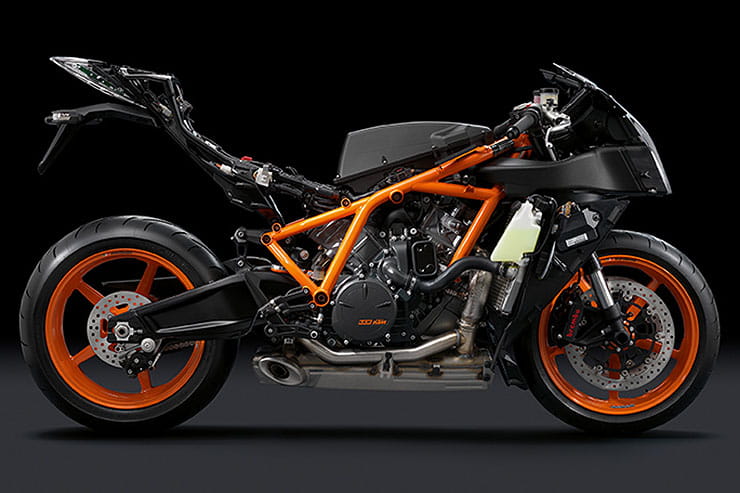
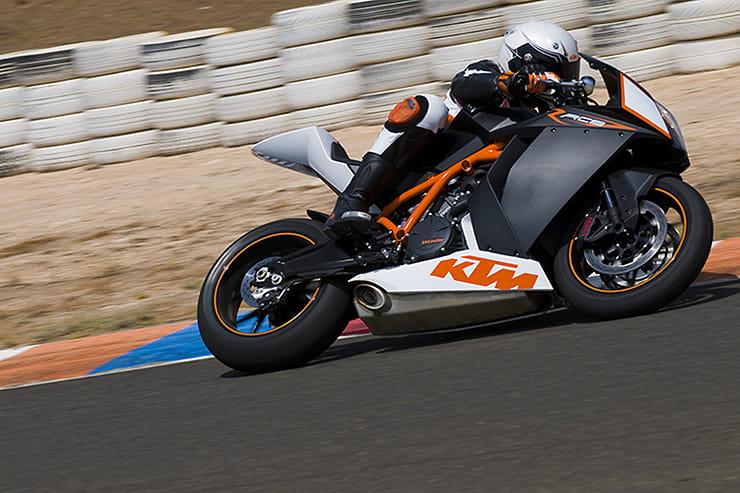
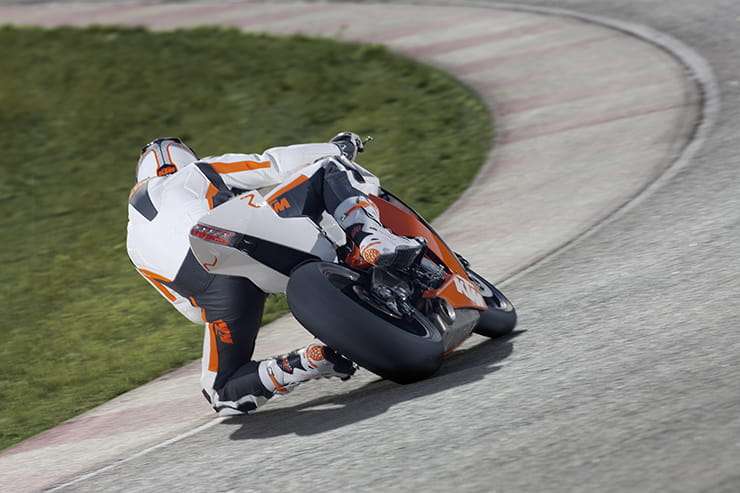
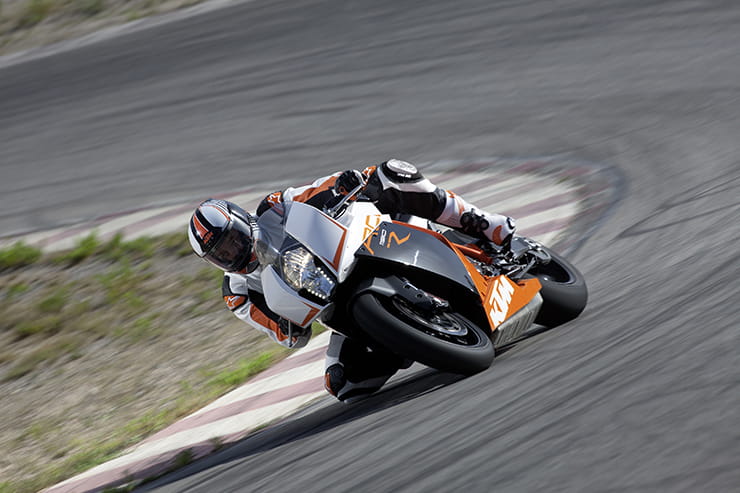
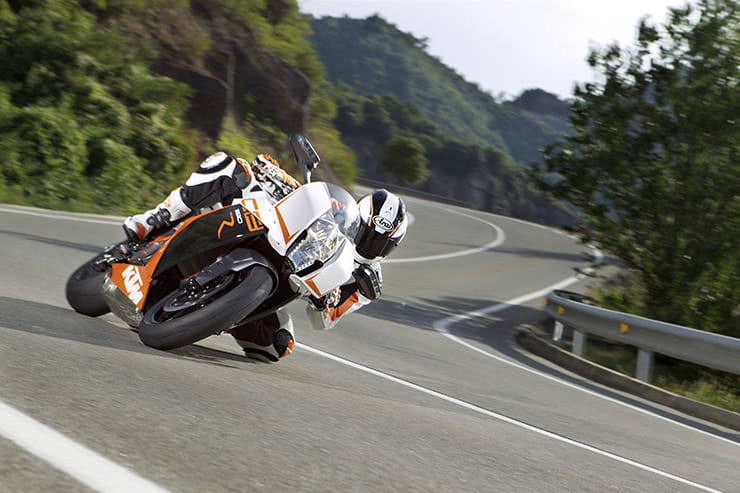

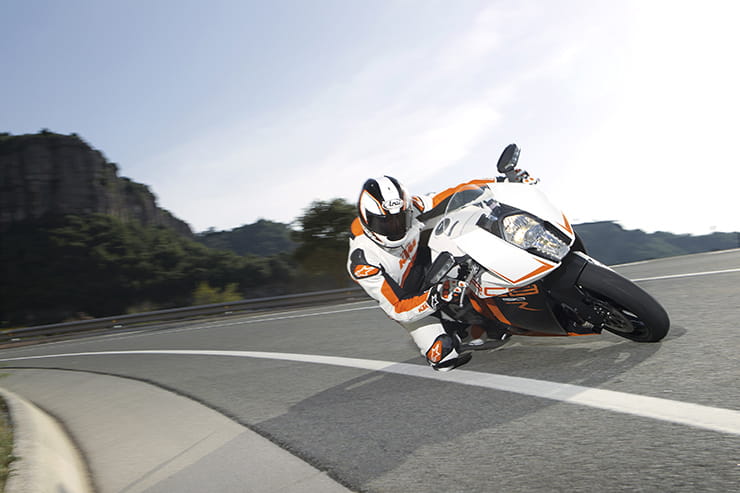
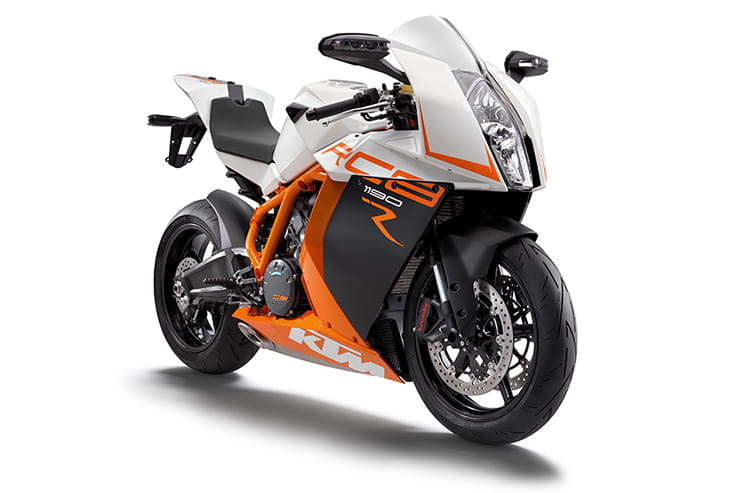
.ashx?h=493&w=740&la=en&hash=67E192941E1191647A1D6CD8DB7A52EC4083830D)
